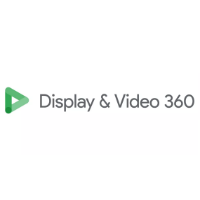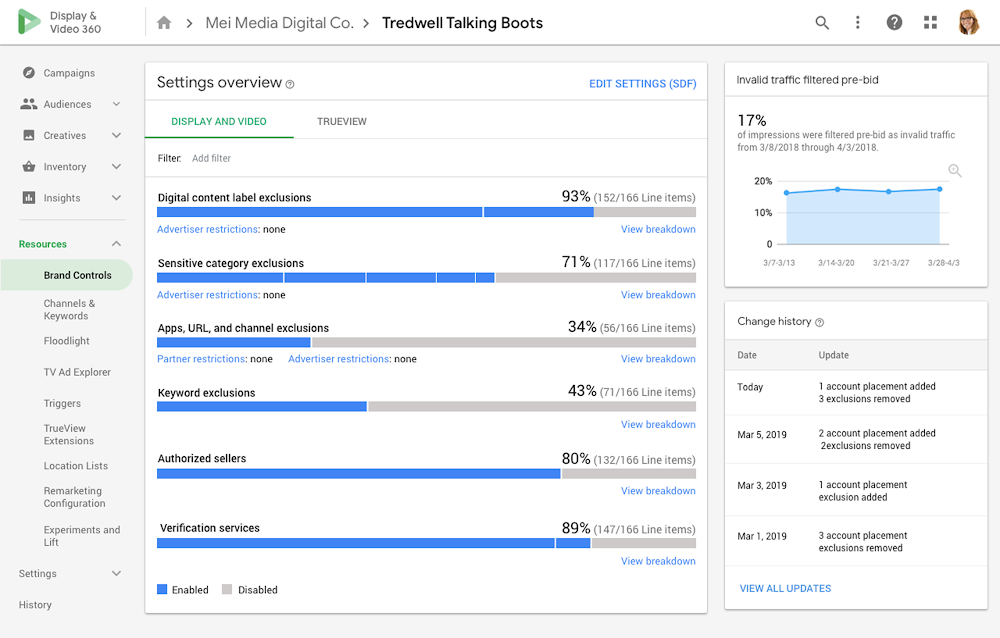Google announced today that it is making ‘ads.txt only’ the default setting on its Display & Video 360 demand-side platform (which was known as DoubleClick Bid Manager up until July last year). The company launched the ‘ads.txt only’ setting in a year ago, allowing advertisers to choose to buy only from publishers which had listed their authorised sellers in an ads.txt file, but the feature was originally opt-in. From August this year however, DV360 will by default only buy inventory from publishers which have placed an ads.txt file on their sites.
The ads.txt standard was launched just under two years ago by IAB Tech Lab as an anti-fraud initiative. The standard gives publishers an easy way to list which companies are authorised to sell their inventory, via an ads.txt file hosted on their domain. The aim of the standard is to help buyers spot fraudulent inventory sources and ‘domain spoofing’, where fraudsters mimic a legitimate publisher’s domain in order to sell inventory.
Google claims that over 93 percent of the web inventory available in DV360 is already authorised by ads.txt files anyway, meaning the majority of publishers whose inventory was bought through DV360 will be unaffected, and buyers shouldn’t see a huge change in the inventory available. But for the remaining seven percent, they face a choice of either updating their sites with ads.txt files, or seeing demand from DV360 cut off.
The tech giant is also lending its support to IAB Tech Lab’s app-ads.txt standard, which applies ads.txt’s principles to in-app inventory. Google says that over the next few months, DV360 will stop buying in-app inventory from unauthorised sellers as listed by app-ads.txt, and that in the future it will also allow buyers to choose only to buy inventory from apps which have adopted the standard.
“We support efforts to increase transparency in the digital advertising ecosystem and we’re committed to making it easier for marketers to monitor their digital campaigns and protect their brand. That’s why we’re introducing new ways for Display & Video 360 to help you avoid buying reauthorized web and app ad inventory, and control where your digital ads are appearing,” Google’s senior product manager for DV360, Roshan Khan.
Alongside the new ads.txt policies, Google is adding a new tool called ‘Brand Controls’ to DV360, designed to tackle brand safety and suitability issues. Khan said that Brand Controls will enable buyers to alter the brand suitability settings for all their DV360 campaigns from one dashboard. The dashboard will also give buyers more information on how their brand safety settings are affecting their campaigns, and why traffic has was filtered before a bid was placed.






